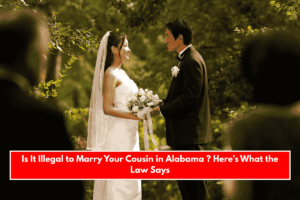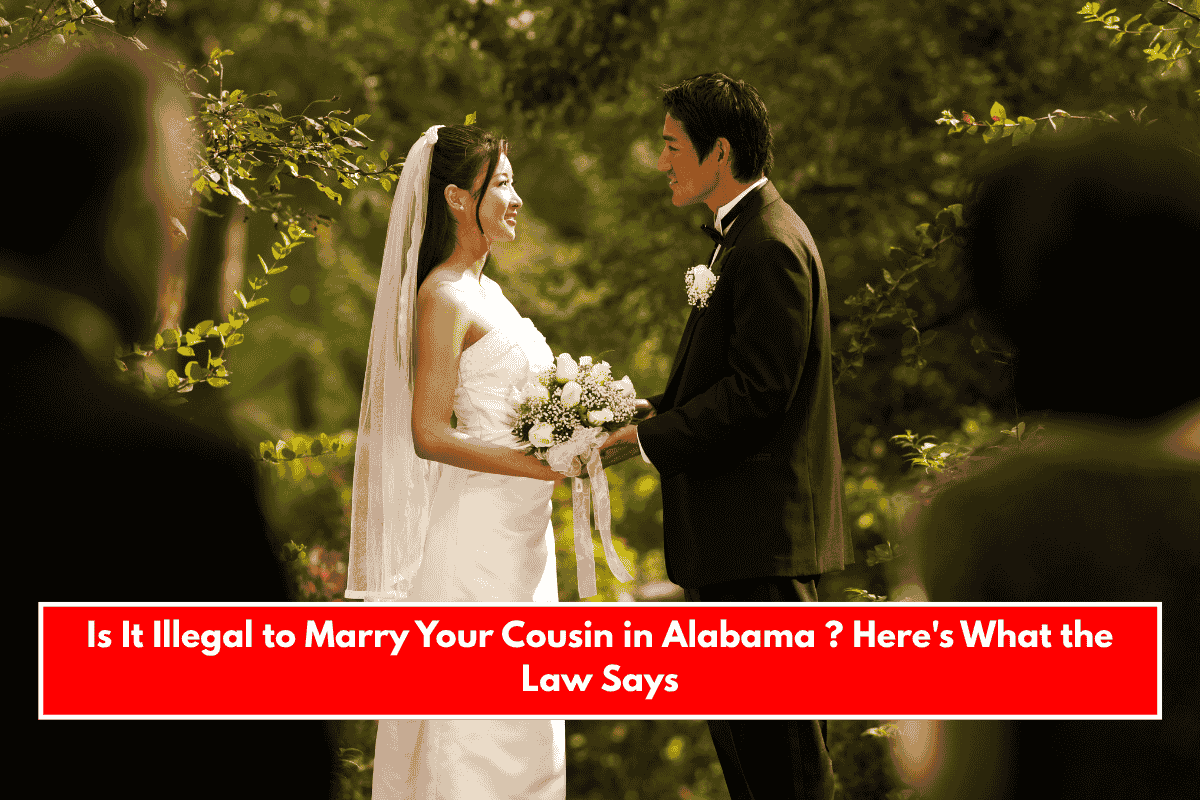The right turn on red (RTOR) rule is a fundamental aspect of traffic law in West Virginia, allowing drivers to make a right turn at a red traffic signal under specific conditions. As of 2025, the core principles of this rule remain consistent with previous years, but it is crucial for drivers to understand its nuances, exceptions, and the responsibilities it entails.
Legal Foundation of Right Turn on Red in West Virginia
West Virginia law permits vehicles stopped at a red light to make a right turn after coming to a complete stop, provided the turn can be made safely and is not prohibited by posted signage. This aligns with the broader practice across the United States, where right turns on red are generally allowed unless a sign specifically forbids it.
“A vehicle which is stopped in obedience to a red or ‘stop’ signal… may cautiously make a right turn but such vehicle shall yield the right-of-way to pedestrians lawfully within a crosswalk and to other vehicular traffic proceeding as directed by the signal at said intersection, except that local authorities… may by ordinance prohibit any such right turn against a red or ‘stop’ signal at any intersection within such jurisdiction, which ordinance shall be effective when a sign is erected at such intersection giving notice thereof.”
Key Requirements for Making a Right Turn on Red
- Complete Stop: The driver must come to a full stop at the red light, as close as practicable to the crosswalk or the intersection entrance.
- Yielding: The turning vehicle must yield to:
- Pedestrians lawfully within the crosswalk or intersection
- Other vehicles with the right of way
- Signage: If there is a posted sign stating “No Turn on Red,” the turn is strictly prohibited at that intersection.
- Local Authority: Municipalities may enact ordinances to prohibit right turns on red at specific intersections, effective once proper signage is installed.
- Signal of Intent: Drivers must signal their intention to turn for at least the last 100 feet before the intersection.
Safety and Enforcement Considerations
- Pedestrian Safety: The rule emphasizes yielding to pedestrians, reflecting a broader national trend to prioritize pedestrian and cyclist safety.
- Camera Enforcement: Some intersections may use cameras to monitor compliance, and violations can result in fines.
- No Obligation: Drivers are not required to turn right on red; it is an option, not a mandate. If a driver feels it is unsafe, they may wait for a green signal.
- Penalties: Failure to signal or to yield appropriately can result in fines and, in repeated cases, increased penalties.
Exceptions and Special Cases
- Red Arrow Signals: A right turn on red is not allowed when a red arrow is displayed, even if there is no “No Turn on Red” sign.
- One-Way Streets: Special provisions exist for left turns on red from one one-way street to another, but similar yielding and signage rules apply.
- Hazardous Materials and School Buses: Certain vehicles, such as those carrying hazardous materials or school buses, may be prohibited from turning on red under any circumstances.
Recent Trends and Local Adjustments
While West Virginia continues to allow right turns on red, some U.S. cities are moving to restrict or ban the practice at more intersections to enhance pedestrian safety. Local governments in West Virginia also retain the authority to implement intersection-specific bans as needed, so drivers should always watch for new signage.
Right Turn on Red in West Virginia (2025)
| Condition | Rule/Requirement |
|---|---|
| Full Stop | Required before turning |
| Yield to Pedestrians | Mandatory |
| Yield to Other Vehicles | Mandatory |
| “No Turn on Red” Sign Present | Turn prohibited |
| Red Arrow Signal | Turn prohibited |
| Local Ordinance | May prohibit turn if signed |
| Signal Turn (100 ft prior) | Required |
| Not Required to Turn | Optional, not mandatory |
| Penalties for Violations | Fines, increasing for repeated offenses |
The right turn on red rule in West Virginia remains largely unchanged for 2025, but drivers must remain vigilant for posted signs, red arrow signals, and local ordinances that may restrict the maneuver at specific intersections. Always yield to pedestrians and oncoming traffic, signal your intent, and remember: safety and caution are paramount when exercising this privilege.
Sources:
- https://code.wvlegislature.gov/17C-3-5/
- https://en.wikipedia.org/wiki/Turn_on_red
- https://www.reddit.com/r/nova/comments/1cqhmcl/did_va_law_change_in_regards_to_making_a_right/
- https://code.wvlegislature.gov/17C-8-8/
- https://www.hertz.com/us/en/blog/driving-and-travel-guides/west-virginia-state-driving-guide















At An off road to a shopping plaza in Cross Lanes WV there is a Red light that has a left turn arrow in the red . Dept of Highways told me to treat it like you would a normal red light situation.